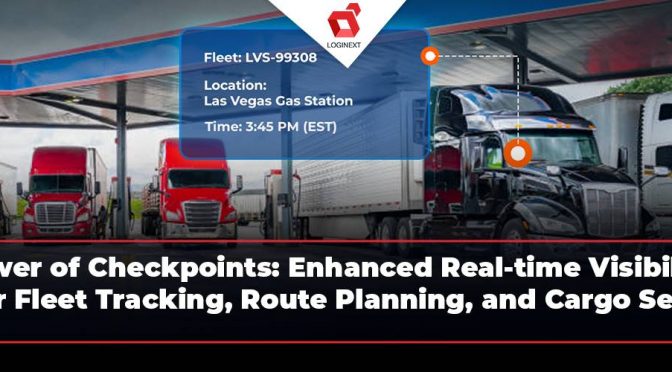
This blog explores the importance of checkpoints in the secure transport of high value cargo. It also highlights the role of checkpoints in enhancing real-time visibility, offering better fleet tracking, route planning, and reduce risk of cargo theft. Thus helping businesses avoid significant financial losses and scale the brand name.

This article will help you understand what ELD is, what information it stores, and how it can be used to improve driver safety and fleet efficiency to meet logistics compliance.

It’s a wrap-up for the Safe Driver Week 2019 and I hope your fleet has come out of it with lesser citations than the last year. The theme of this years #SafeDriverWeek was overspeeding, though overspeeding is a major cause for fatal accidents, we think there are multiple other factors that directly or indirectly contribute towards driver safety on road.

We are now well past the 1st April enforcement date for electronic logging device (ELD) implementation. Now if your trucks are stopped for a roadside inspection, how do you prepare to get through that without any violations? Here’s what you need to know to be violation free.

The Phase 2 (Mandatory Implementation) of ELDs began on the 18th of Dec 2017. US Department of Transport is mandating that drivers be on duty for a fixed set of hours (60 hours in 7 days, or 70 hours in 8 days; based on the breaks taken in between). There are multiple constraints was total hours of driving.

